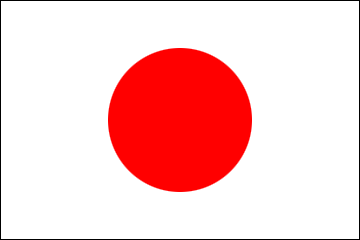Through the Eyes of the former Consul General Yamada (June, 2017 - July, 2020)
2018/10/22

Grassroots Summit and John Manjiro
On September 18 to 24, 139 men and women of all ages came from all parts of Japan to Washington State for the 28th Japan-America Grassroots Summit. The project that started this Summit began in 1991, when the relationship between Japan and the United States was characterized by severe trade friction. A Japanese politician called for the necessity to promote an exchange unaffected by politics or the economy and made up of ordinary Japanese and American people. The Summit has been held alternately in Japan and the United States every year since and is implemented by the John Manjiro-Whitfield Commemorative Center for International Exchange. Since last year’s Summit was held in Japan, the Summit moved to the U.S. this year. It was hosted in Washington State, organized by the Japan-America Society of the State of Washington.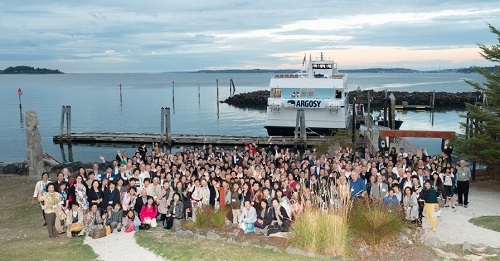
Photo Courtesy of Japan-America Society of the State of Washington
The Grassroots Summit is inspired by the interaction between John Manjiro, who found himself stranded in the Pacific Ocean at the age of 14, and William Whitfield, captain of a whaling ship who saved Manjiro. Impressed by the young Manjiro’s brightness, Captain Whitfield took him to Fairhaven, Massachusetts, and adopted him. While staying there, Manjiro acquired knowledge in various areas, including American culture and politics, as well as English. After ten years, he returned to Japan. A few years later, when Commodore Perry came to Japan, leading four “black ships” and carrying a letter from President Fillmore to ask for the opening of Japanese ports, Manjiro provided important information about the United States to the Tokugawa Shogunate. At the end of the Edo Period, many revolutionary activists and intellectuals learned about Western cultures and political systems from Manjiro. He played a significant role in the historic transition leading to the Meiji Restoration. Since then, for over 170 years, the friendship between John Manjiro and Captain Whitfield has been passed down to their families.
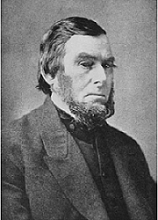
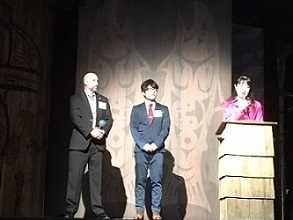
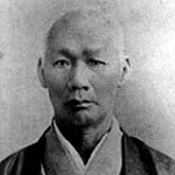
Left: Captain William Whitfield (Photo Source: Wikimedia Commons); Center: Mr. Scott Whitfield (far left) and Ms. Kyo Nahahama (far right); Right: Mr. John Manjiro (Photo Source:Wikimedia Commons)
Descendants of those historical personages gathered at the Grassroots Summit this year, too. Ms. Kyo Nakahama, 5th generation of John Manjiro; Mr. Scott Whitfield, 6th generation of Captain Whitfield; and Dr. Matthew Perry, a descendant of Commodore Perry attended the Summit. Meeting them was like slipping back in time. It is said that Commodore Perry, who arrived at Uraga in 1853, had read all kinds of books about Japan available in those days before his visit. It seems that his curious spirit has been passed down to future generations as his descendant, Dr. Matthew Perry, is a biological scientist.
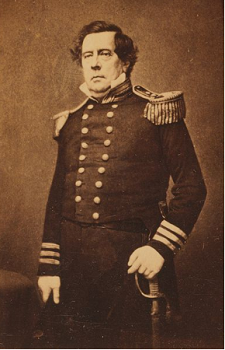
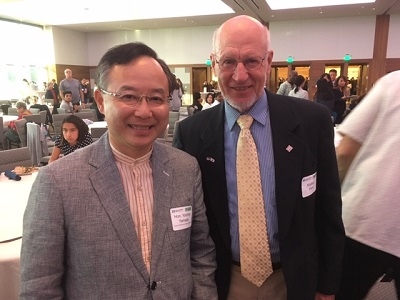
Commodore Matthew Perry (left) and me with his descendant, Dr. Matthew Perry (right)
Commodore Perry photo source: Wikimedia Commons
The day after the opening ceremony, the 139 participants from Japan were welcomed by host families in 13 cities throughout Washington State for a three-night home stay. Staying with their host families, the Japanese participants got to experience a slice of American life: touring the town and enjoying local food, recreation, and conversation, irrespective of the fact that many participants did not have a good command of English. The closing ceremony was held on Sunday, September 23, and a large number of American host families, including their small children, gathered to say goodbye. The ceremony illustrated that both the participants from Japan and the American hosts enjoyed the time they spent together. Junior high school students from Fukushima, which suffered from the natural disaster in 2011, participate in the summit every year. An 84-year-old lady from Kyoto whom I talked to said she would like to study hard to speak English. I take my hat off to her.
Speaking of grassroots-level exchange, I must mention the initiative started by President Eisenhower to establish sister-city relationships between various countries around the world. Municipalities in Washington State have 37 sister relationships with Japanese municipalities. The total number of such pairings with Japan is more than the state’s sister pairings with any other country in the world. That number itself shows the strong ties between Japan and Washington State.
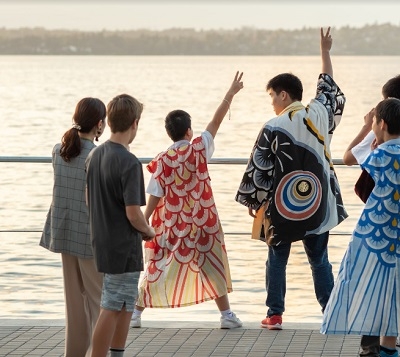
Photo Courtesy of Japan-America Society of the State of Washington
Participants of grassroots-level exchanges learn to broaden their perspectives by experiencing life in a foreign country and creating rich memories with new friends. Such people can energize a municipality. Of course these kinds of relations are beneficial with any other country, but grassroots-level exchanges between Japan and the United States in particular have some special benefits. First, both are countries to which parents feel safe sending their children. Also, people can learn from each other because the two countries have big differences in culture and characteristics, while facing similar problems such as employment, health, the environment, and security.
Recently, it was announced that Delta Airlines is to begin service from Seattle to Kansai Airport next April, and Japan Airlines will resume flights from Seattle to Narita Airport by the end of next March. Along with the existing flights to Narita Airport by ANA and Delta, the additional trips will help shrink the distance between Japan and Seattle. I am hoping that this will further increase tourism and grassroots exchange. In the era of John Manjiro, there were no advanced methods of communication. Today, even though we have tools like Skype or Instagram that can instantly connect people, I think it is still special to build relationships slowly over time through one-on-one in-person interaction.
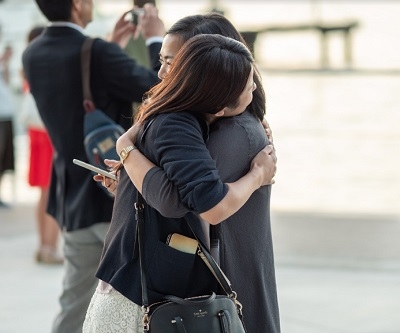
Photo Courtesy of Japan-America Society of the State of Washington
